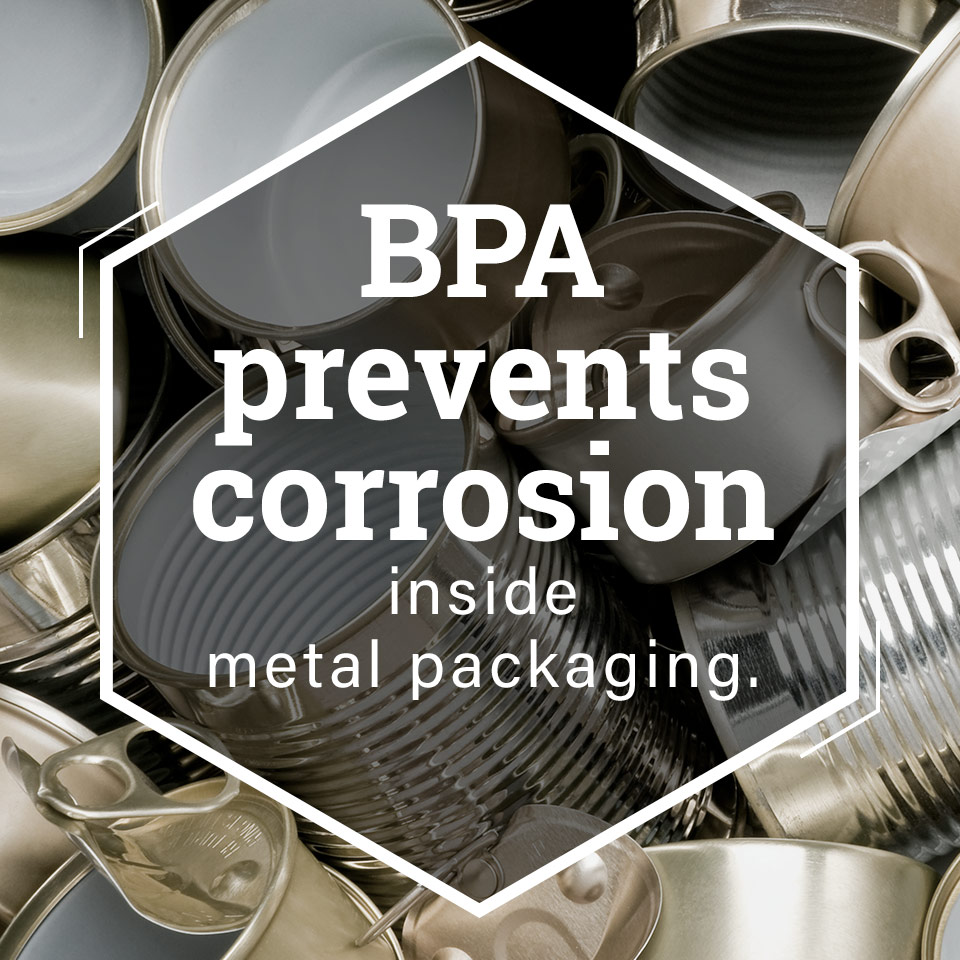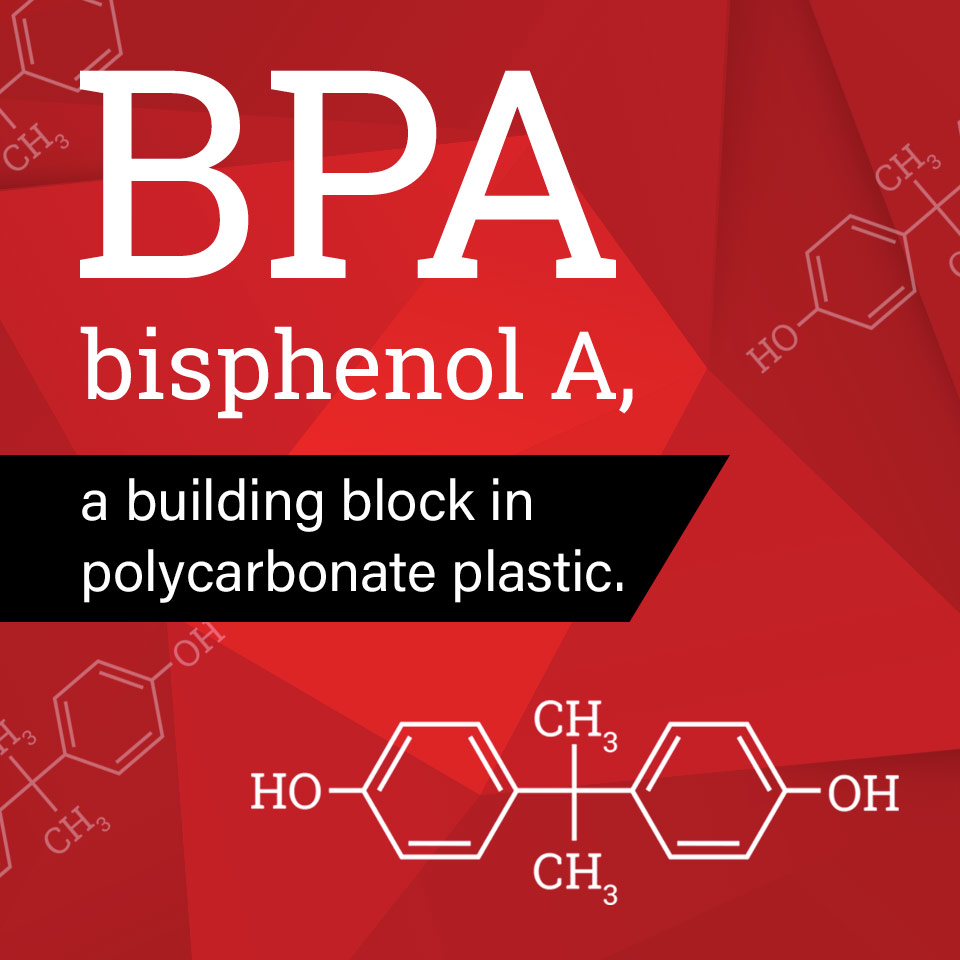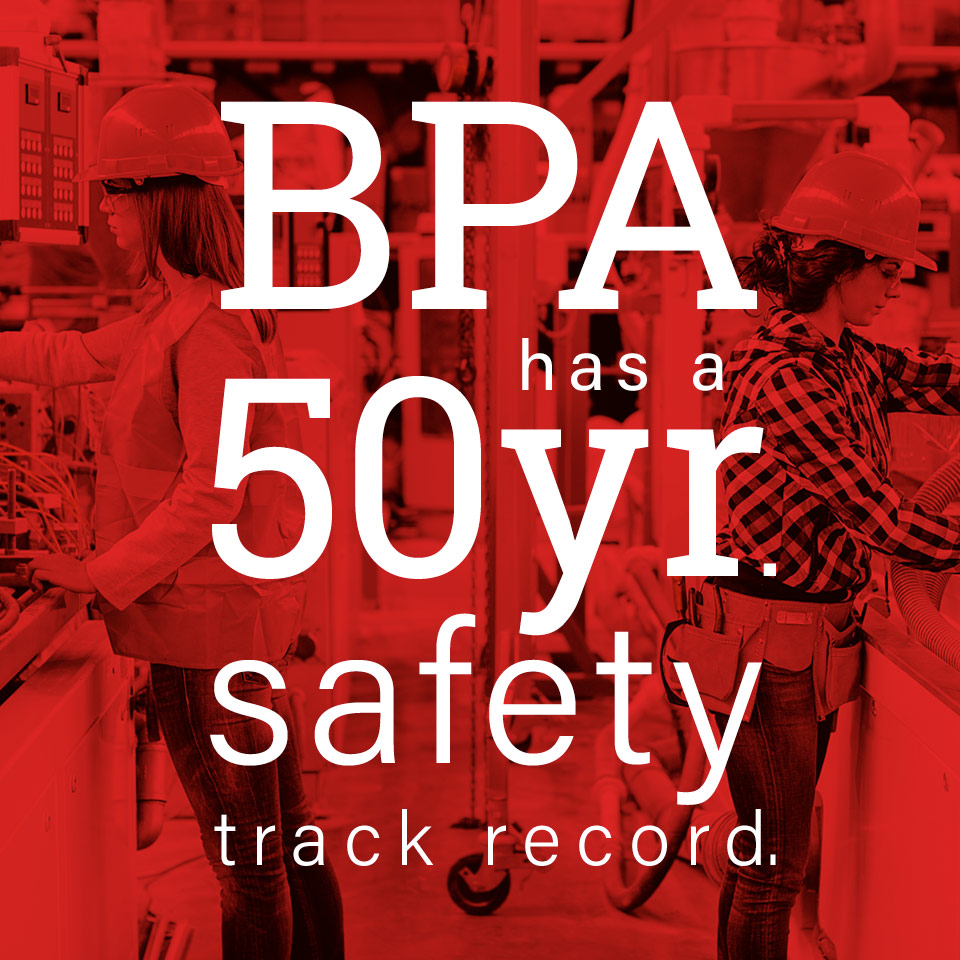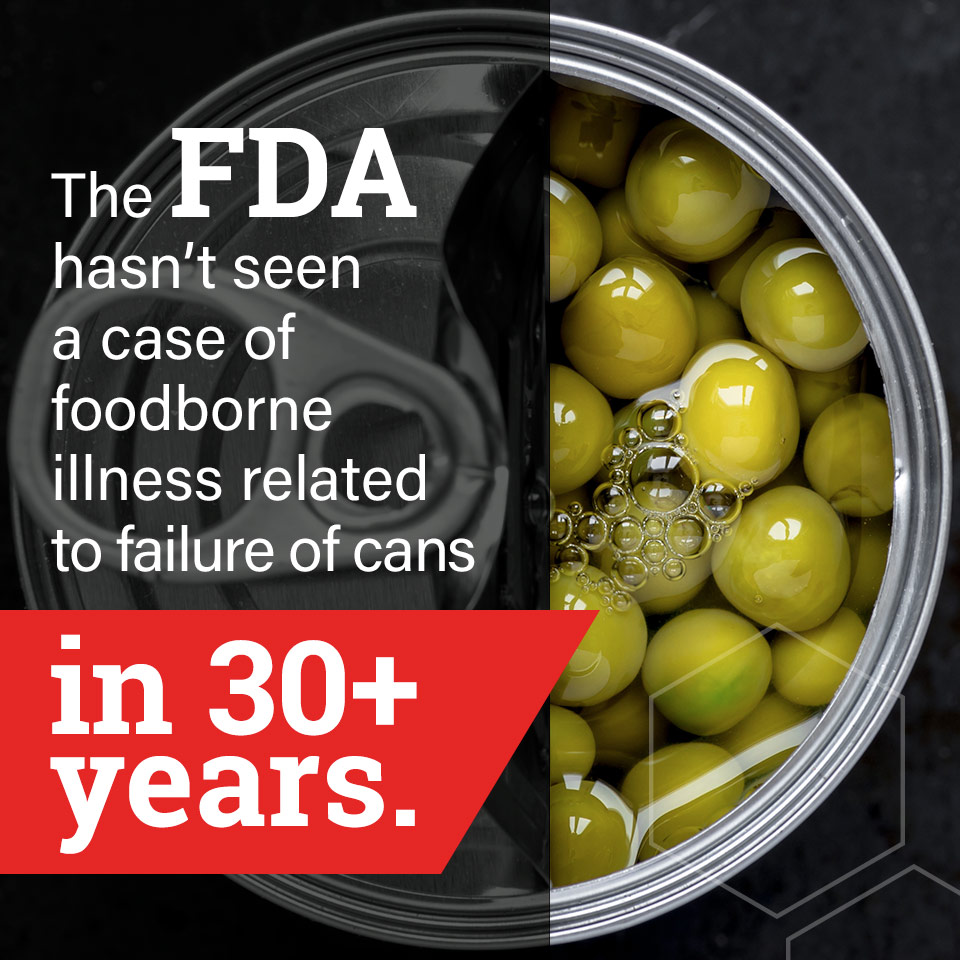BPA, or bisphenol A, is a monomer—a building block in polycarbonate plastic. It’s commonly used in epoxy resin coatings inside of metal packaging to prevent corrosion. It’s one of the most thoroughly tested chemicals used today and has a safety track record of 50 years, consistently determined to be safe and a proven protectant of canned food. In fact, NAMPA, the North American Metal Packaging Alliance, reports that the FDA hasn’t seen an occurrence of food-borne illness related to failure of cans in more than 30 years—the timeframe in which epoxy resin can linings have been used.
Concerns about the monomer have lingered, however, driven partially by poorly conducted and misunderstood science. A 2008 study at the University of Missouri concluded that BPA was an endocrine disruptor, fueling consumer concern. The findings from this study weren’t able to be replicated, because the study did not abide by standards that apply outside of academia and that facilitate risk management decisions.
The FDA never issued a BPA ban or consumer warning, as it wasn’t deemed necessary based on the unreplicated study. Despite this, the study results caused misplaced concern among consumers. They began seeking BPA-free water bottles, plates, cups and more. Companies had to adjust, removing BPA from their products not for safety concerns but to meet consumer demand. These companies eventually notified the FDA that they had phased BPA out of baby bottles and sippy cups in response to consumer concerns, and the FDA accordingly removed the old regulatory clearances for these applications that were no longer needed. Consumers and the media mistook this action as a ban imposed by the FDA to protect consumer safety, but it was simply the industry’s market-driven decision.
Rumors about BPA’s negative health effects have been circulating for years. Some people believe that BPA from plastic packaging can cause cancer, heart problems and high blood pressure, or that it can act as an endocrine disruptor. In reality, plastics used in food packaging are heavily regulated. Plastic packaging undergoes rigorous testing to ensure it’s safe for food-specific use.
An international panel of experts organized by the WHO (World Health Organization) and FAO (Food and Agriculture Organization of the United Nations) has reported that BPA does not build up in the body and is rapidly eliminated in urine, as well as that it’s difficult to interpret the relevance of studies showing negative health effects from BPA.
And BPA analysis doesn’t end with one study. Researchers are constantly testing BPA exposure levels and their impact on our health. Scientists are now able to routinely detect substances down to the part-per-trillion (ppt) level, allowing us to understand the spectrum of risk—and, simply put, the presence of BPA in food packaging does not equate to risk.
Millions of dollars are invested every year to make sure food packaging is safe. This takes into account product design, testing, regulatory monitoring and compliance activities, and supply chain communication on the part of companies worldwide.
People’s safety is a priority for the employees who work at plastics and food packaging companies, and that’s why they stand behind the safety of their products. Consumers might feel more comfortable using BPA-free products because the absence of the abbreviation is reassuring. But when BPA is removed, it’s replaced with something else. The more we turn away from chemicals proven to be safe, the fewer time-tested alternatives we have.




